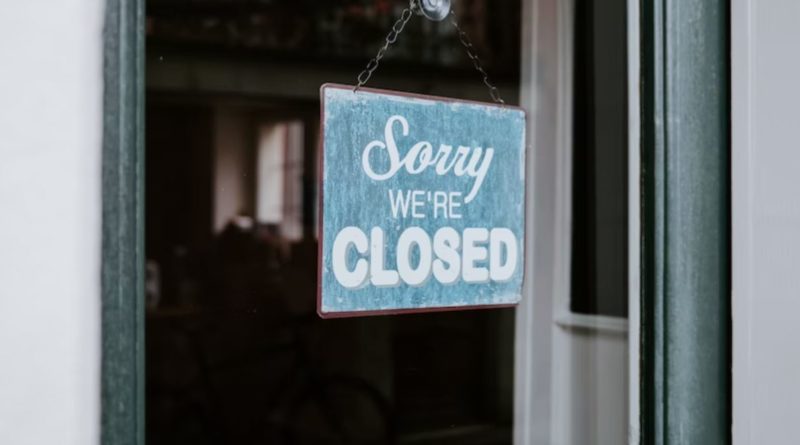Store closure rate hits low as energy overheads threaten progress
New research from The Local Data Company and PWC has shown that a consumer shopping boom triggered by the release from the pandemic’s lockdowns has injected life into the retail sector, slowing closure rates to the least in seven years.
The pandemic’s arrival triggered a “shake out” where closures rose, but in the first half of 2022 that rate has sharply slowed, down to 34 businesses winding up on average per day, which while unwelcome, is nearly half the 61 daily closure rate measured early in 2020. In total, 6,146 stores are believed to have wound up in H1 2022.
A separate story is the net change in stores. When looking at the opening rate there still exists a lack of confidence and the rate remains below pre-pandemic levels. Current headlines discussing the dire effects rising overheads are likely to have on businesses will be great cause for concern that the openings data and the closures data will both soon head in a negative direction.
The research revealed that there were 21 openings daily in the first half of 2022, compared to 32 at the first half of 2017; the most recent peak. 2,888 stores are believed to have opened in H1, 2022, which combined with the closure rate gave a net change of 2,258 stores down.
Leisure categories are said to have fared particularly well thanks to pent up demand for getting out, while renovation also emerged a highlight sector. Specifically in the cycling market, CI.N’s annual market research effort had a third of all respondents suggest that their business now had the workshop as its focal point in a bid to better control net profits. CI.N will soon undertake our 2023 study, with the line of questioning exploring in greater detail overhead pressures and adjustments made on stocks carried and servicing.
A protracted recession is expected by the Bank of England later this year, with consumer spending reasonably expected to sharply decline as people are forced to prioritise their bills and budgeting. Inflation is expected to reach 13% in the coming months and economists with Goldman Sachs are currently predicting that the figure may top 20%, possibly peaking at 22.4% once further energy cap increases are factored in.
“A reduction in closures and growth in openings give some reason for optimism, but any positivity must also be viewed alongside the significant concerns over the rising cost of living and how it will impact people’s ability to spend. In addition to pressures on consumer demand, we mustn’t also forget that increasing utility, input and labour costs will significantly affect the viability of all high street businesses,” said Lisa Hooker, Industry Leader for Consumer Markets at PwC UK.
“While the outlook is better than it was during the height of the pandemic, it’s worth noting that the numbers still show a decline, with our net numbers equating to 12 closures a day in the first half of this year. Added to that, retail footfall remains 10-15% below pre-pandemic levels and openings lack momentum – particularly outside leisure,” she added.



